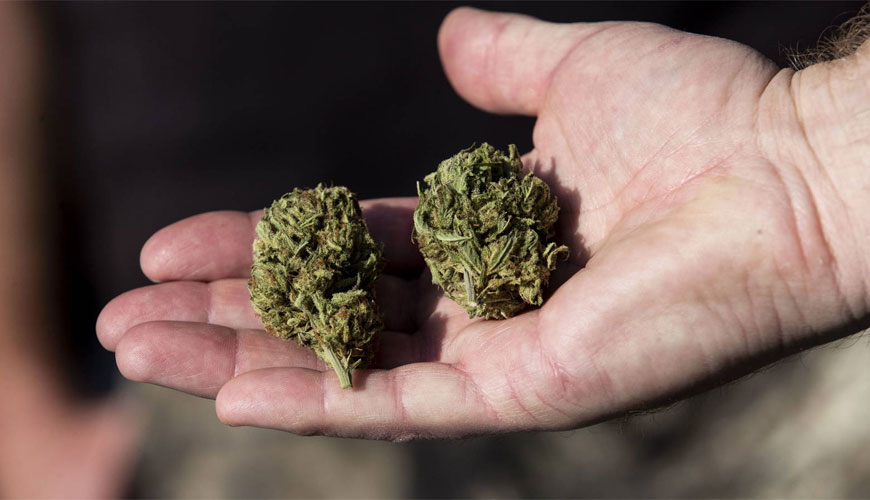

Dry matter is what remains after all the water in a feed has evaporated. Fresh grass has a high water content and the percentage of dry matter is lower than an equivalent weight of dry feed such as straw or grain. The dry matter value, on the other hand, is an indicator of the amount of nutrients available to the animal in a given feed. Animals need to consume a certain amount of dry matter per day to maintain their health and production.

The daily amount of dry matter needed depends on several factors, including weight and stage of production, eg breastfeeding, pregnant, weaning. Dry matter intake is determined using reference tables that provide the percentage of dry matter in various dry, fresh and ensiled feeds such as straw and grain. In addition, some methods are applied to measure the actual dry matter in the feed. According to statutory regulations, ruminant animals must obtain at least 30 percent of their dry matter intake from pasture during the grazing season.
In short, the dry matter basis is the percentage of nutrients in an animal food when the moisture content is completely zero. In other words, dry matter base is obtained when an animal food is dried until there is no water in it. These measurements are made to easily compare various animal foods, especially when they have different moisture content.
All feeds and grains are composed of moisture (water) and dry matter. Dry matter is fiber, protein, minerals, carbohydrates and other nutrients in grain or roughage after all moisture has been removed. Humidity is the percentage of water remaining.
The amount of moisture and dry matter is determined using several different methods. For most methods, a precision electronic gram scale is used to accurately measure sample weight before and during drying. Two of the most common methods are to use a Coaster tester or a microwave oven to dry the sample. The coaster tester blows heated air into the sample and it takes approximately 25 to 30 minutes to dry the sample. Microwave is faster, drying the sample in five to 10 minutes, but requires careful monitoring during the drying process to avoid burning the sample.
Our organization also provides dry matter analysis services with its trained and expert staff and advanced technological equipment, among the numerous test, measurement, analysis and evaluation studies it provides for businesses in various sectors.
To get an appointment, to get more detailed information or to request an evaluation, you can ask us to fill in our form and reach you.